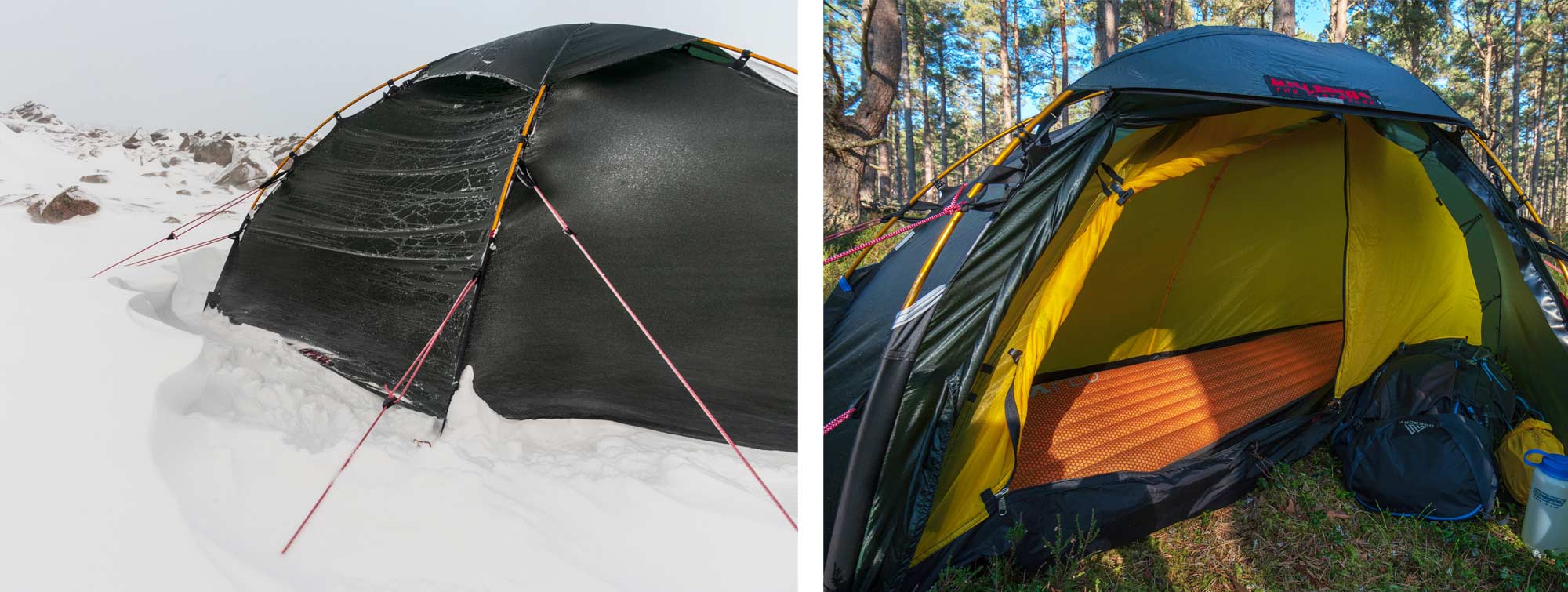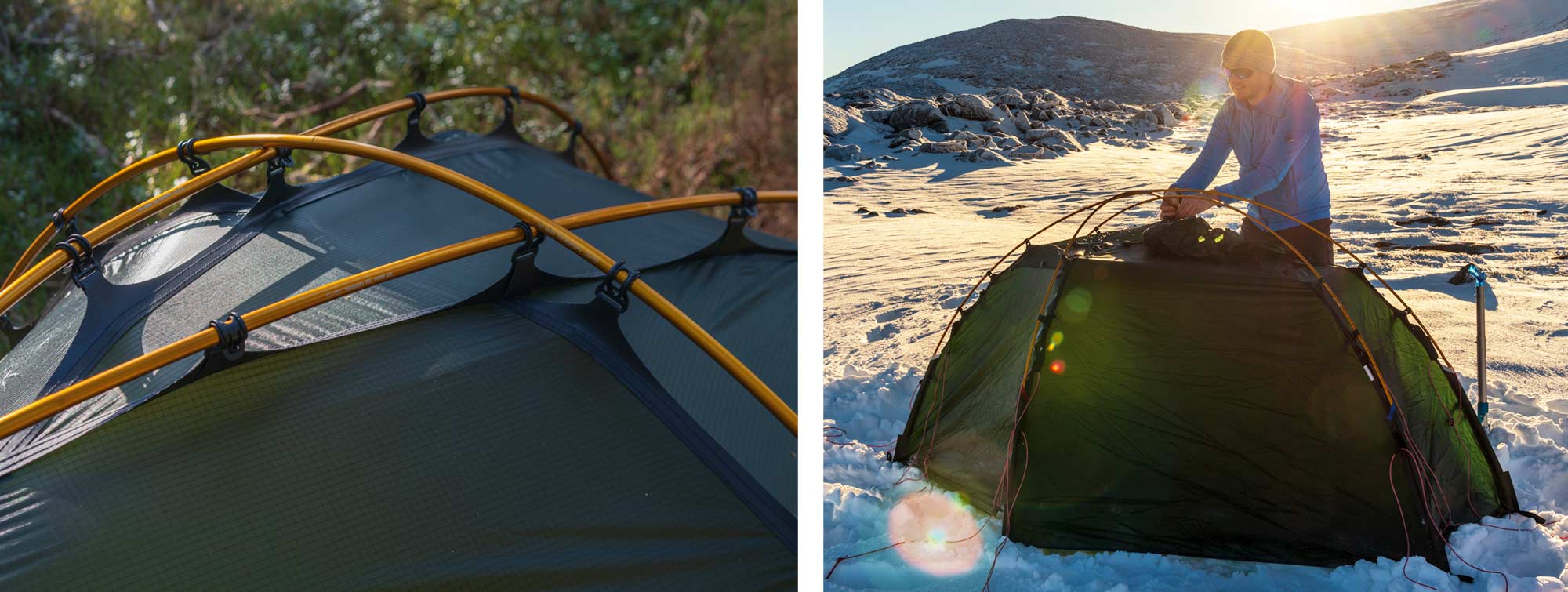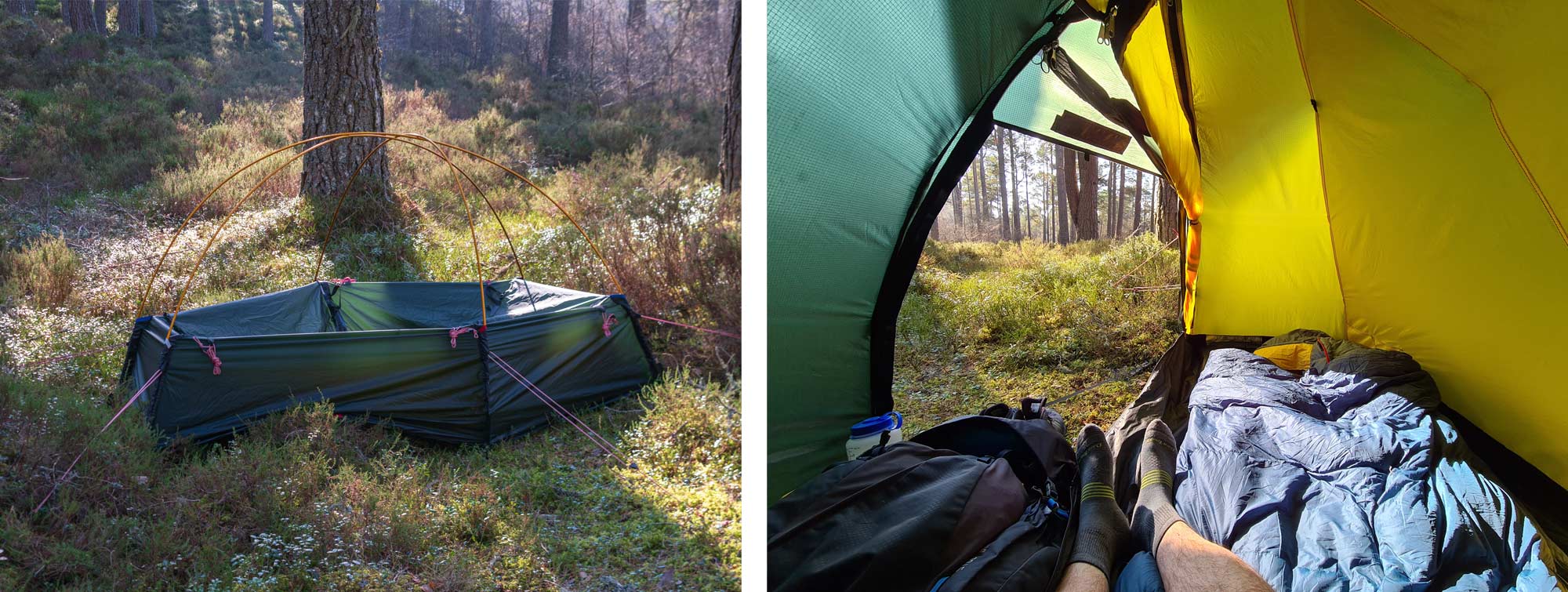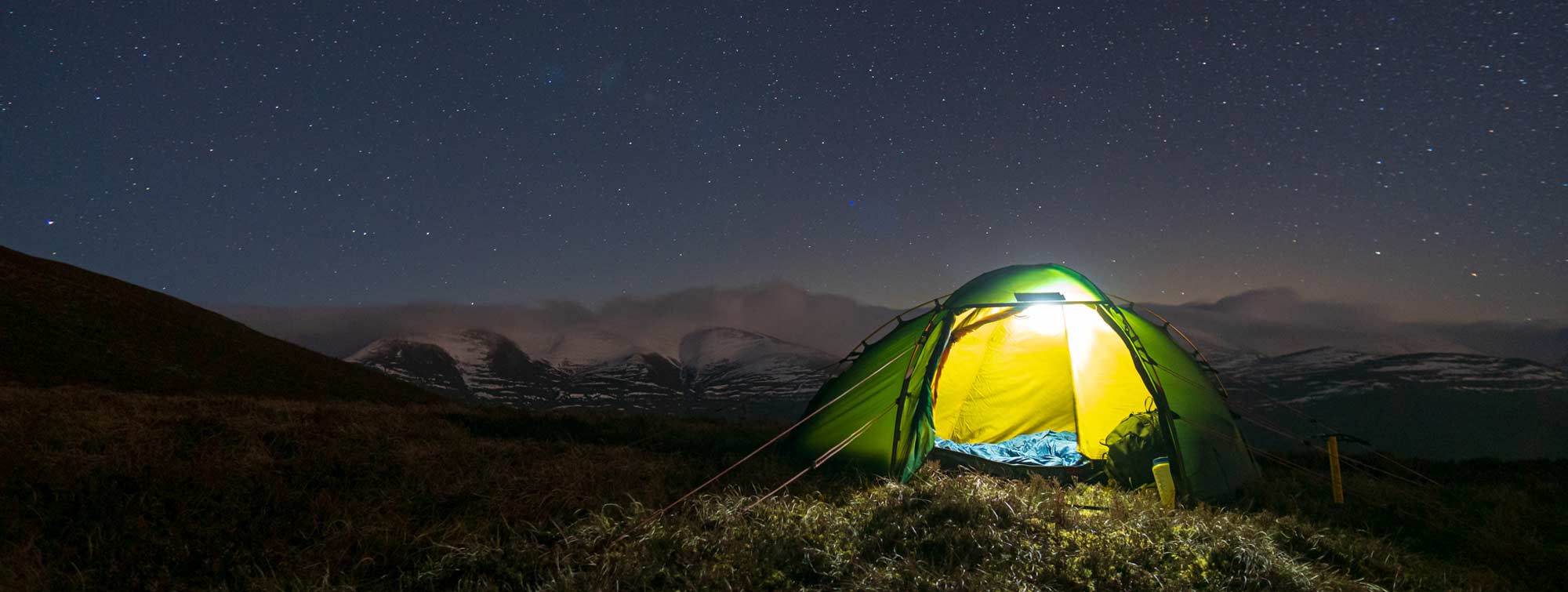Hilleberg Soulo Review - “Other manufacturers should take note ”
Posted by Trek Scotland on Sep 15, 2022
The Hilleberg Soulo is well known for being a tough dependable tent able to withstand harsh weather conditions throughout all seasons.
Although the Soulo has been around for quite a while now this is our first time using this shelter. Weight and the obviously high price tag have always been a reason for us to choose elsewhere. Although, from what we have been told from those who own a Soulo this is worth the money and you ‘get what you pay for.’
An area of the Soulo which instantly gave us reassurance is that the design hasn’t changed drastically since the first production. This means it’s tried, tested, and works! Simply something that works is a great thing to hear about in the outdoors.
We are not going to delve too much into each design element of the Soulo as this can be found easily in many of the reviews online. More so, we will give our take on how we used the Soulo over the past couple of seasons and our take on this well-regarded shelter.
Hilleberg have this as part of their Red Label tents, which they describe are, “the best choice if you want general all-season strength & stability and if light weight is your highest priority.” Although listed as light, at just over 2.3kg this is not a tent you will be seeing at the OMM. This is for remote mountain adventures for which you can better guarantee a safe pitch in worsening conditions.

Where the weight has been saved is certainly not at the sacrifice of performance, and what you get in return for those grams carried is a very robust set-up with plenty of great design features that are backed up with hard-wearing materials.
Hilleberg have raised the bar high using a double-coated silicone Kerlon fly fabric with a tear strength of 12 kg and a HH of 5000mm. The floor fabric is also a super strength 70 Denier Nylon with a HH of 15000mm. This not only makes the Soulo great for use in extreme weather conditions but also gives it the durability to last a very long time. Other manufacturers should take note of how exactly guylines should be made, as they have nailed it here. The general outdoors person will probably only purchase one shelter for most adventures and with the Soulo on the expensive side, it’s reassuring to know that this will be a long-term purchase.
We genuinely put the Soulo through its paces, battling in some very high wind speeds and heavy snowfall, with even at one point breaking a short pole section. At the time we didn’t even realise a pole was snapped until the morning as the general structure of the tent kept the bad weather to the outside, with us feeling safe and snug from our sleeping area. The next day we simply swapped the section of the pole with the spare in the pole sleeve and carried on.
Pitching is very easy, although can take quite a bit of time due to the high abundance of clips, guylines, and the roof fabric section. In strong windspeeds, the set up from the ground upwards set-in stages is a genius idea and each section can be easily constructed whilst wearing thick winter gloves. You can really tell when the design of a piece of gear has been made by someone who has faced the conditions it was built to handle and the Soulo speaks volumes for this.

Take for example the inside space. On first appearance, the internal space is quite tight for the weight carried and came as a bit of a shock. Open the two zippered sections to the inner and the internal spaces opens up significantly with a comfortable area in which you can sit up, prepare meals, and organise kit.
Condensation even in winter was kept to a minimum. Although the fly is hunkered to the floor to keep out draughts and snow, there is plenty of airflow elsewhere which again is a well-thought-out design element.
There’s not much we would change about the Soulo except for the zipper toggles on the fly door. The metal rings can make quite a noise in blustery conditions.
Our Verdict
After all the great attributes we found with the Soulo, it would be surprising for us to say we found it’s a shelter that wouldn’t make our pack as much as we would like it to. This is not to say it’s not a great shelter. In many ways, it simply surpassed most we have used in terms of raw performance. It’s the size and weight which goes against our usual lightweight approach. In the summer we would generally try to go with a lighter set-up with less bulk carried and a quicker pitching time. When travelling in winter we usually pair up with a buddy and due to the lack of sunlight opt for a shared tent in which you can spend the night, or resting for a change in the weather, chatting, playing cards, eating etc. It may even come down to us being so used to taking a wee bit of punishment to save on weight and bulk carried. For example, when out on a solo winter ascent we would favour a bivy bag due to its ultra-compact nature, fast set-up, and adaptability to the ground placement. So, this is purely down to personal choice. There’s simply no denying though if you had to choose one tent for long-lasting durability, comfort, and the ability to withstand tough weather conditions then there would be no regrets in the purchase of a Soulo.


|
||
 |
||
|
|
||
|
Trek Scotland is a small family business based in the picturesque village of Tomintoul in the North East region of the Cairngorms National Park. They provide bespoke Mountain Guiding for Single Day Walks and Lightweight Multiday Trekking experiences, including wild camping, in the stunning Cairngorms wilderness and surrounding areas. Whether in the high mountains or lower valleys, their Multiday Treks are equipped with high quality, lightweight camping and trekking gear. They only work with small groups and, whatever your ability, pride themselves on designing your outdoor experience completely to your needs and with professional guidance and expertise. Adventure is waiting... |
||

